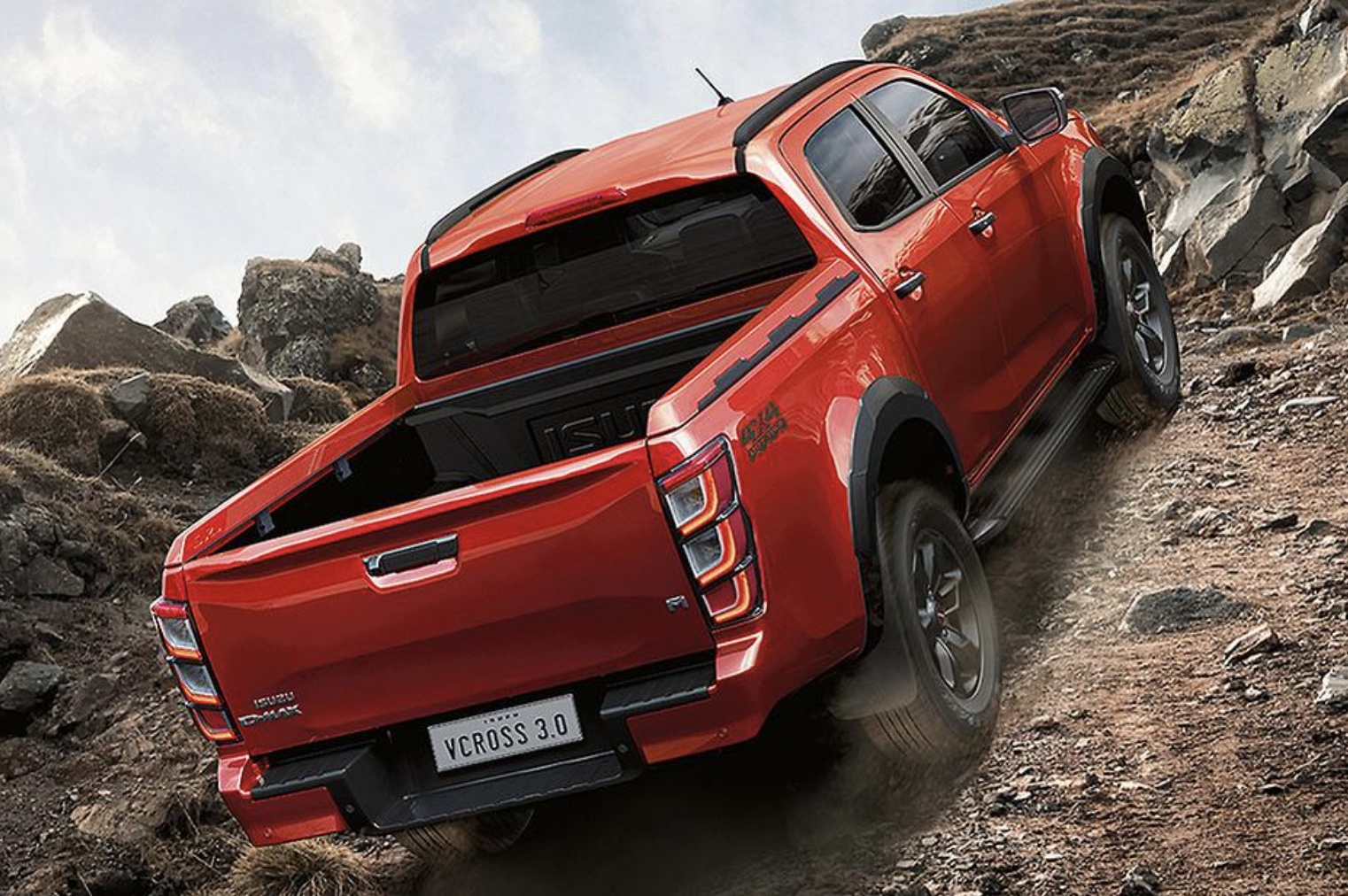D-Max refreshed, electric coming … one day
/Update brings technology enhancements and an altered look, but diesel drivetrains untouched.
POTENTIAL for the D-Max ute to go electric locally seems possible, with the brand announcing intent to add a battery-pure drivetrain as an ultimate addition to a facelift just revealed.
However, where the new look seems set to reach New Zealand relatively soon, the electric side of things is a much longer reach - the make says it wants to sell it first in Europe, starting in the ultra electric-friendly enclave of Norway, before thinking about wider penetration. Conceivably, it might not be for another three years, according to overseas’ reports.
A restyling that focuses primarily on the front end and technical freshen for the turbodiesel that presently sells here is expected around mid 2024 - and much of what comes to the one tonne utility will transfer to the MU-X sports utility wagon, but maybe not until 2025.
Mazda has also yet to say what changes will come to its MT-50, a co-share in the programme, but with bespoke bodywork.
A bold new grille, fresh bumper and revised headlights - all intended to make the D-Max look angrier and more aggressive - are the big changes up front.
The first styling update since the vehicle launched in 2019 also tweaks the rear, with a different looking tailgate and redesigned tail-light clusters. Refreshed alloy wheels also feature.
The infotainment system has come up for much criticism in the current format. It now has haptic controls, a physical volume dial and new graphics and menus. D-Max also achieves a new instrument cluster featuring a bigger 7.0-inch digital display.
Other amendments include a new stereo camera to check out road hazards, traffic jam assist for the automatic’s cruise control and reverse autonomous emergency braking. It also takes a improved traction control that now stays activated on the front axle when the rear differential is locked and opts a rough terrain mode that currently only comes on MU-X.
No changes have been made to the turbo-diesel four-cylinder engines, so the 1.9-litre - which Mazda recently adopted - makes 110kW/350Nm and the 3.0-litre creates 140kW/450Nm. The six-speed transmissions also retain.
Isuzu Ute president and chief operating officer Shinsuke Minami says the EV model will be produced in Thailand, sourcing point for the NZ-market vehicles.
“Isuzu will first introduce it in Europe and then examine its gradual roll out by meeting the needs of each market, including Thailand,” he said.



















